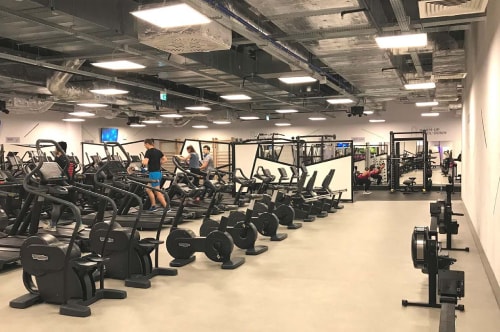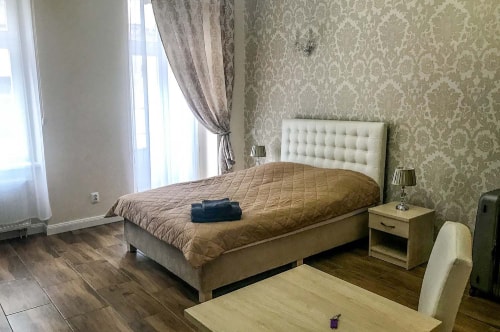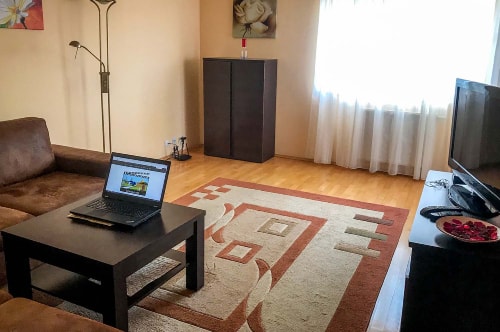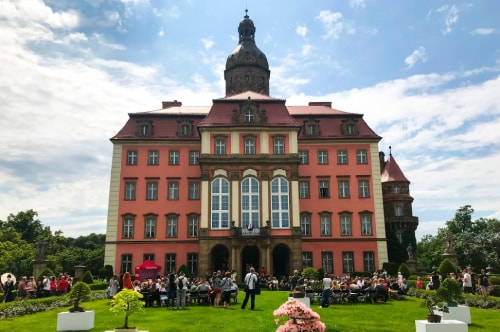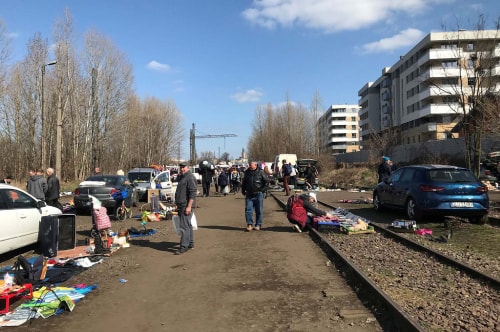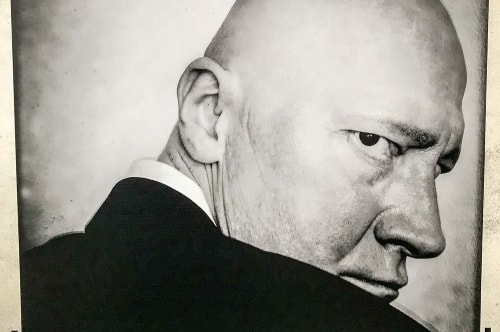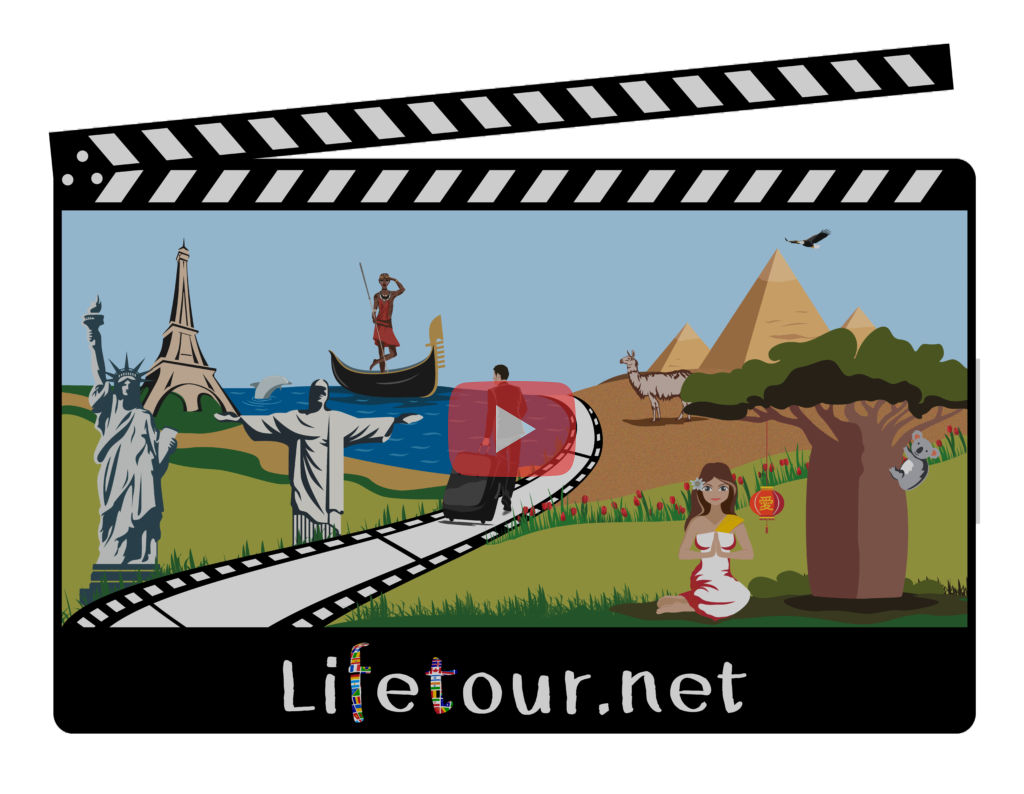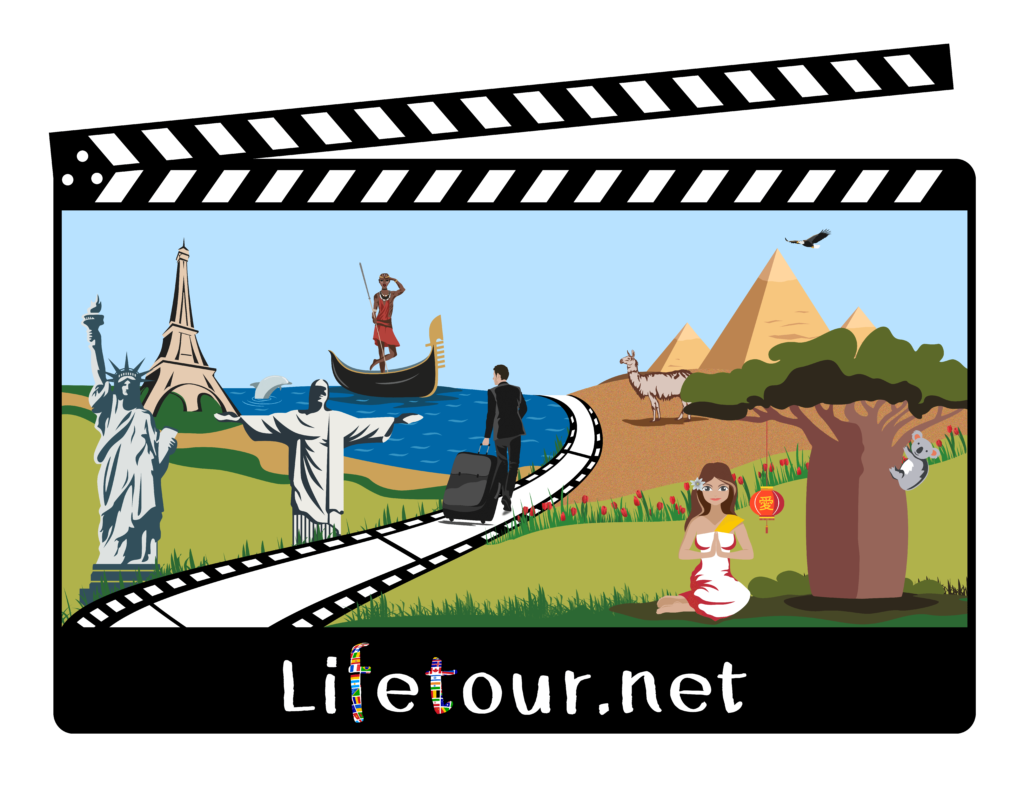GENERAL DESCRIPTION
Wrocław is a city on the Oder River in western Poland. It is known for its Market Square, lined with elegant townhouses and featuring a modern fountain. Also on the square is the Gothic Old Town Hall, with its large astronomical clock. Nearby is the Panorama of Racławice, a painting depicting the 1794 battle for independence. The Centennial Hall auditorium, with its giant dome and tall spire, lies across the river.
FABIO'S REVIEW


Coming soon!
LOCATIONS EXPERIENCED
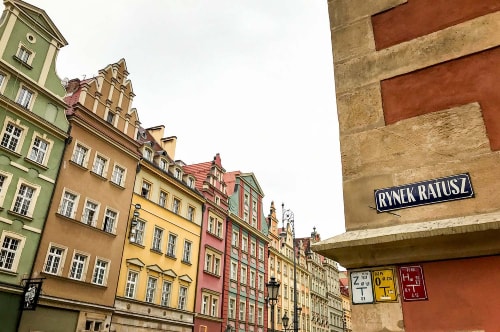
RYNEK (OLD TOWN)
The Market Square of Wrocław (Polish: Rynek we Wrocławiu) is a medieval market square in the historical center of Wrocław. The market square is rectangular with the dimensions 213 by 178 metres (699 ft × 584 ft), and was built between 1214 and 1232. During World War II, the market square was damaged, but most of the buildings were carefully restored.
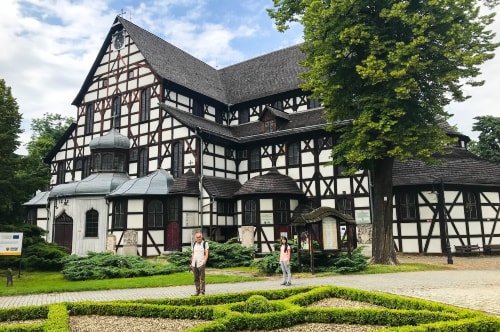
SWIDNICA CHURCH OF PEACE
The Church of Peace of Świdnica, the largest timber-framed religious building in Europe, was built in the former Silesia in the mid-17th century, amid the religious strife that followed the Peace of Westphalia. Constrained by the political conditions, the Lutheran churches were subject to strict conditions: they had to be located beyond town boundaries, within an area strictly defined by imperial officials; they were to be built only of wood and clay; they could not feature a tower; and their construction was to be completed within one year.
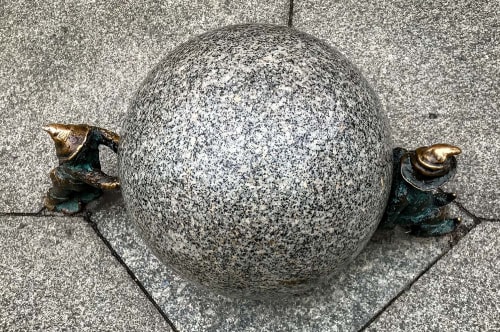
THE WROCLAW GNOMES
Wrocław’s dwarfs (Polish: Wrocławskie krasnale) are small figurines (20-30 cm) that first appeared in the streets of Wrocław in 2005. Since then, their numbers have been continually growing, and today they are considered a tourist attraction: as of 2015, there are over 350 dwarfs spread all over the city.
Gnomes have long held a place in Polish folklore, and their current iconic incarnation as symbols of Wrocław actually has a direct correlation to the political climate of the 1980s. Under communism, gnomes became a symbol of the 'Orange Alternative' – an underground protest movement that used absurdity and nonsense to stage peaceful, yet subversive protests.
RYNEK (OLD TOWN)

The Market Square of Wrocław (Polish: Rynek we Wrocławiu) is a medieval market square in the historical center of Wrocław. The market square is rectangular with the dimensions 213 by 178 metres (699 ft × 584 ft), and was built between 1214 and 1232. During World War II, the market square was damaged, but most of the buildings were carefully restored.
SWIDNICA CHURCH OF PEACE

The Church of Peace of Świdnica, the largest timber-framed religious building in Europe, was built in the former Silesia in the mid-17th century, amid the religious strife that followed the Peace of Westphalia. Constrained by the political conditions, the Lutheran churches were subject to strict conditions: they had to be located beyond town boundaries, within an area strictly defined by imperial officials; they were to be built only of wood and clay; they could not feature a tower; and their construction was to be completed within one year.
THE WROCLAW GNOMES

Wrocław’s dwarfs (Polish: Wrocławskie krasnale) are small figurines (20-30 cm) that first appeared in the streets of Wrocław in 2005. Since then, their numbers have been continually growing, and today they are considered a tourist attraction: as of 2015, there are over 350 dwarfs spread all over the city.
Gnomes have long held a place in Polish folklore, and their current iconic incarnation as symbols of Wrocław actually has a direct correlation to the political climate of the 1980s. Under communism, gnomes became a symbol of the 'Orange Alternative' – an underground protest movement that used absurdity and nonsense to stage peaceful, yet subversive protests.
MAP
VIDEOS
Check out my YouTube page for all videos!
RESOURCES
This section is currently under construction.
